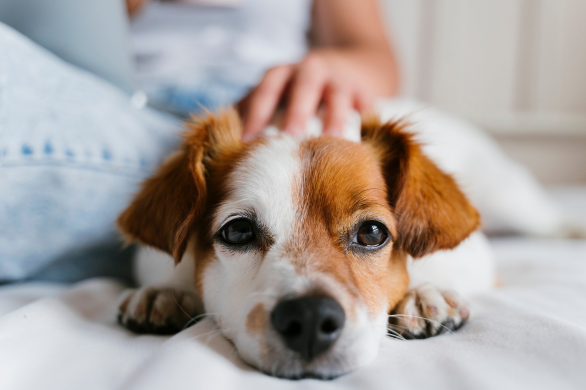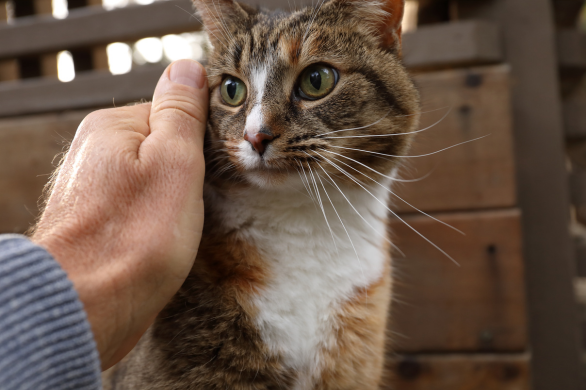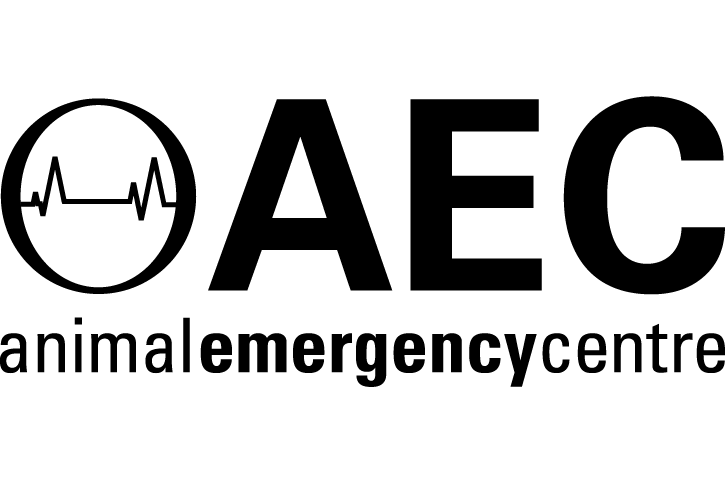1. Identification and microchipping:
Before the cyclone season begins, ensure your pet is microchipped, as it provides a permanent form of identification, or check that your contact details linked with your pet’s microchip are up to date.
You can also help identify your pet with a collar and tag containing your current contact information. In case of separation during a cyclone, these measures significantly increase the chances of a happy reunion.
2. Emergency pet kit:
Prepare an emergency kit specifically for your pet. Include essentials such as:
- Sufficient food and water for at least a week. Tip: Ensure this is food that doesn’t require refrigeration, such as canned food or kibble. Bowls for food and water
- Medications and medical records – ideally in a waterproof folder or container
- Comfort items (blankets, toys)
- First aid supplies
- A recent photo of your pet
- Litter, litter box and waste disposal bags for cats
- Poo bags for dogs
- Leash, harness, or carrier for safe transportation
3. Secure shelter:
Identify a safe and secure area within your home where your pet can take shelter during the cyclone. This space should be away from windows and doors, preferably in an interior room. Familiarise your pet with this space ahead of time so they feel more comfortable during stressful situations.
4. Evacuation plan:
In the event of an evacuation, have a plan in place for your pet(s). Research pet-friendly evacuation shelters and hotels in advance and know the evacuation routes. Make sure your emergency kit is easily accessible for a quick departure. If it’s not possible to take your pet with you, or you will be temporarily away from home, ensure they are secured inside with fresh water and food, and an elevated surface they can jump onto if needed. Also consider if there are trusted family or friends you could leave them with as an alternative.
5. Stay informed:
Keep yourself informed about cyclone updates through local news, weather apps, or official channels. Knowing the cyclone's progress and anticipated impact allows you to make timely decisions to safeguard your pet.
6. Calming techniques:
Cyclones can be stressful for pets. Common signs of anxiety can include pacing, panting, trembling, hiding, freezing, drooling, lip licking, yawning, full body shaking, excessively vocalizing, wanting to escape and withdrawing from family/social settings.
Practice these calming techniques to help your pet remain calm during a storm:
- Crate train your pets before cyclone/storm season, so they know their crate is a safe, comfortable place.
- Make your home a calm environment - you could play some calming music, put familiar scents such as clothes and blankets in their crate or safe space.
- Use pheromone diffusers such as Adaptil and Feliway. Adaptil and Feliway are also available in spray bottles, so they can be applied to a bandana or collar as well.
- Distract your pets by playing their favourite games or set up a food puzzle for them with high value treats.
- Gentle massage, touch or cuddles can be calming for certain pets.
- If your dog is accustomed to a thundershirt, this may also be helpful.
7. Regular vet check-ups:
Schedule regular veterinary check-ups to ensure your pet is in good health. Discuss emergency preparedness with your vet, including specific considerations for your pet's breed, age and health conditions.
8. WebVet
If you need vet advice or can’t get to your local emergency centre, you can also speak with a qualified vet 24/7 with WebVet. One of our vets will assess your pet via video, take notes of your pet’s condition and share the advice with your regular vet, ensuring continuity of care. Learn more.
9. Recovery and post-cyclone care:
After the cyclone has passed, inspect your home and surroundings for potential hazards before allowing your pet to roam freely. Debris, contaminated water and displaced wildlife may pose risks. Check your pet for injuries and in case of a pet emergency, contact your nearest emergency centre.
You can read more of our specialist veterinary news and stories here.
For referring vets, please use our online referral form to submit a case enquiry.
Our Network
Animal Referral & Emergency network is the largest specialty and referral network in Australia, consisting of over 20 sites. With over 1,200 dedicated team members, including over 600 nurses and over 390 veterinarians (including specialists and registrars), we provide exceptional care for your pets. Count on us for expert medical attention and comprehensive veterinary services.
.png)










